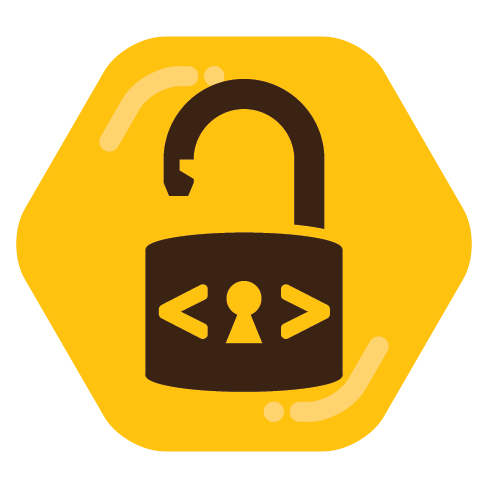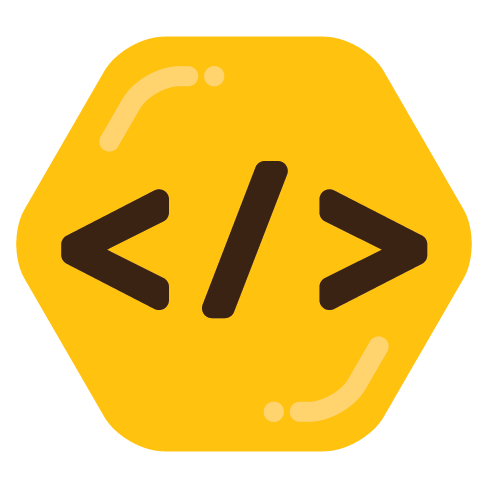

Home Manager is a Nix tool for managing configuration for a single user, usually on a Linux or MacOS system, or possibly WSL. You configure installed programs, program configuration (such as dot files), and a number of other things, and you get a reproducible environment that’s easy to apply to multiple machines, or to roll back configuration, etc. I find it helpful for having a clear record of how everything is set up. It’s the sort of thing that people sometimes use GNU Stow or Ansible for, but it’s much more powerful.
A Home Manager configuration is very similar to a NixOS configuration, except that NixOS configures the entire system instead of just configuring user level stuff. (The lines do blur in Nix because unlike traditional package managers where packages are installed at the system level, using Nix packages can be installed at the system, user, project, or shell session level.) Home Manager is often paired with NixOS. Or on Macs Home Manager is often paired with nix-darwin. As I mentioned, the Home Manager portion of my config is portable to OSes other than NixOS. In my case I’m sharing it in another Linux distro, but you can also use Home Manager to share configurations between Linux, MacOS, and WSL.




Not OP, but I’ve been using Niri as my daily driver for almost two years (since v0.1.2). The stability and polish have really impressed me. In addition to the scrolling workflow it has some especially nice features for screen sharing & capturing, like key binds to quickly switch which window you are sharing, and customizable rules to block certain windows when showing your whole desktop.
I do use a 40" ultrawide. Looking for options for getting the most out of an ultrawide was how I got into scrolling window managers.
I only occasionally use my 13" laptop display. I still like scrolling because I like spatial navigation. Even if windows end up mostly or entirely off the screen I still think about my windows in terms of whether they’re left, right, up, or down from where I’m currently looking.
I don’t like traditional tiling as much because I find squishing every window to be fully in view to be awkward; and with e.g. i3-style wms if I want to stash a window out of view, like in a tab that’s a separate metaphor I have to keep track of, with another axis where windows might be. Scrolling consistently uses on spatial metaphor, placing all windows on one 2D plane with one coordinate system.